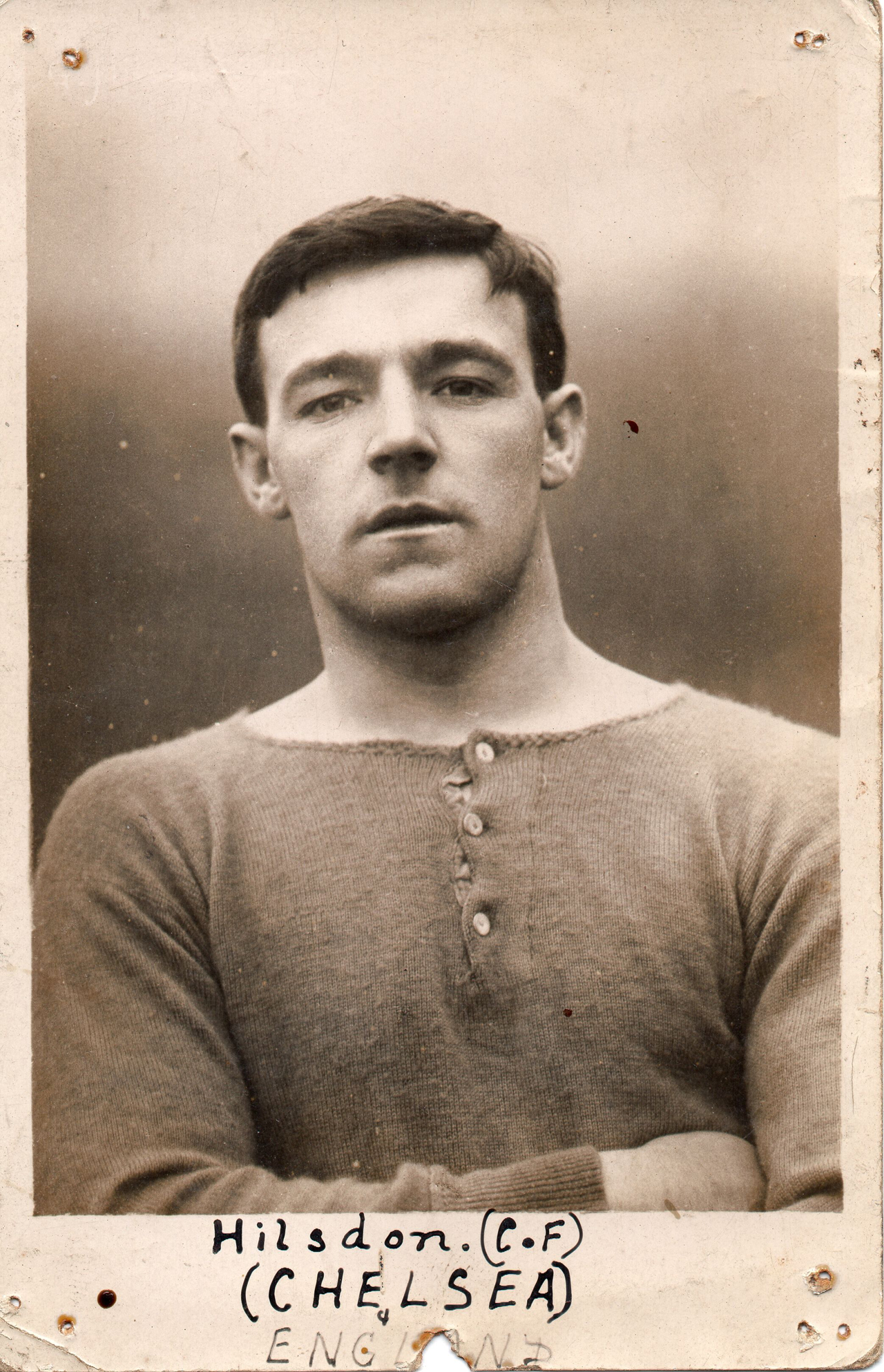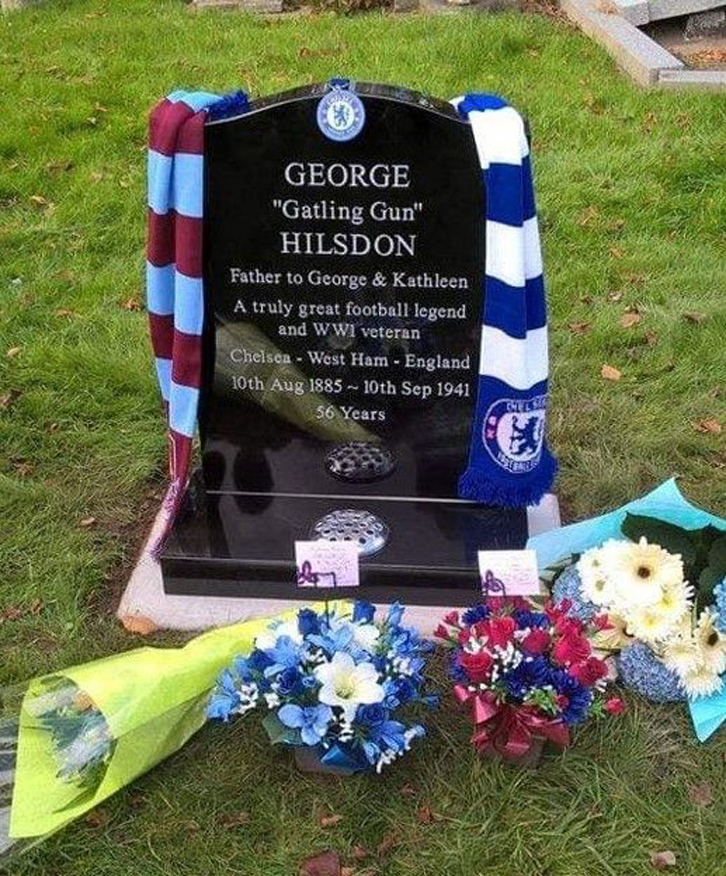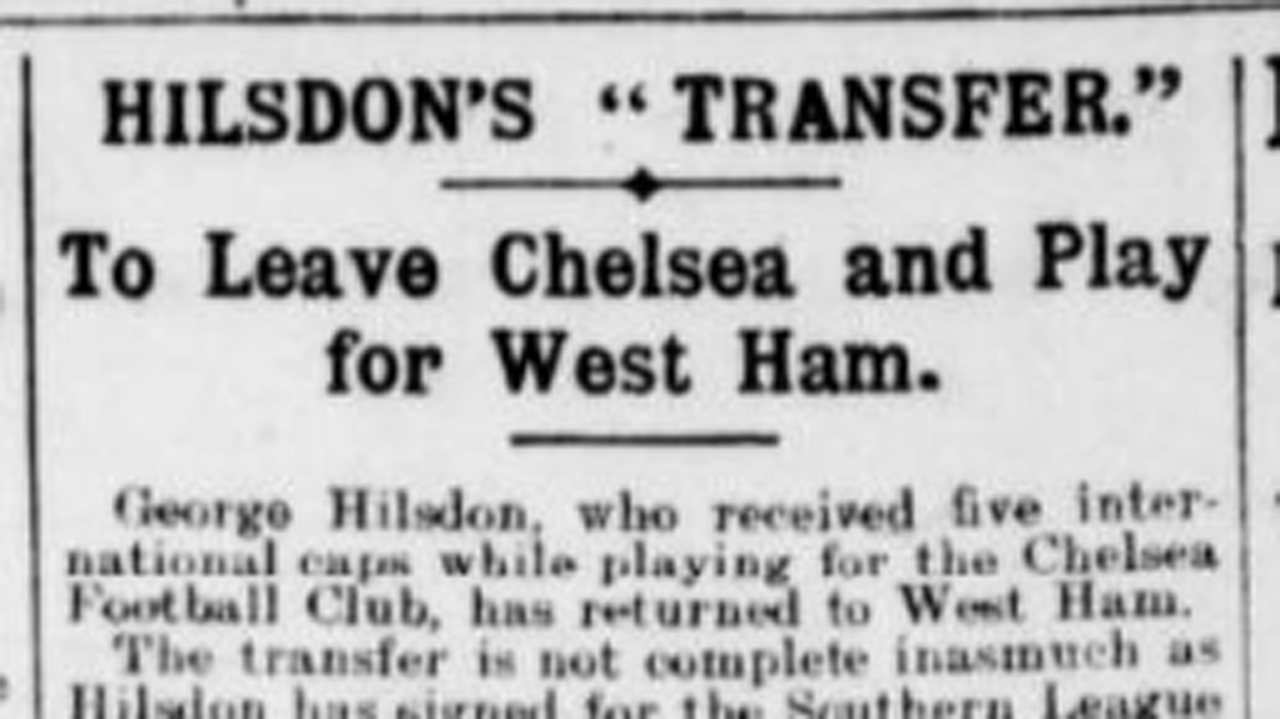We delve deep into The British Newspaper Archive to look at cuttings that shed light on West Ham United’s history...
These days, the Transfer Window has become an industry, with broadcasters and social media ‘in the knows’ cashing in on information fed and leaked to them by agents, players and clubs.
Sky Sports News branded Deadline Day with the colour yellow and presenters Jim White and Natalie Sawyer have become synonymous with an afternoon full of ‘breaking news’ from training grounds up and down the country.
More recently, X (formerly Twitter) has become the go-to channel for supporters desperate to know which potential star their club is set to sign, and which unwanted players are to be sold.
Of course, transfers themselves are nothing new, with the Football Association recognising professionalism and introducing player registration in 1885. Initially, players could move freely at the end of each season and register for a new club. However, by the mid-1890s a new ‘retain-and-transfer’ system had been put in place, meaning clubs retained a player’s registration until a fee was paid by another club to release them and allow them to ‘transfer’ to the new club.
This pretty much remained the system until 1995, when Belgian player Jean-Marc Bosman successfully challenged it to enable players to transfer their registration without a fee being paid between clubs at the end of their contracts.
Players have been transferring for 140 years, then, and despite the rivalry between the two London clubs, moves between West Ham United and Chelsea have been taking place for well over a century.
One player who transferred from West Ham to Chelsea, and then back to West Ham, was the prolific striker George Hilsdon.

Nicknamed the ‘Gatling Gun’ because his shots ‘were simply unstoppable and which travel like shots from a gun’, Hilsdon was born in Bromley-by-Bow in east London in August 1885. He joined the local Southern League First Division club West Ham as a teenager and made his debut in early 1904.
Two years later, Hilsdon transferred to Chelsea without a fee being paid by the west London club for his registration, and he signed a contract reportedly worth £4-a-week.
It proved to be one of the best deals in Chelsea’s history as the ‘Gatling Gun’ fired in five goals on his debut against Glossop North End before going on to become the first player to score 100 goals for the Blues across six seasons.
During his time with Chelsea, Hilsdon also won eight England caps and scored an incredible 14 goals, including four in a 7-0 win over Hungary in 1908 and five braces against Ireland (twice), Wales, Austria and Bohemia (now part of Czechia).

In the summer of 1912, still aged just 26, the forward transferred back to West Ham, but the move was not without controversy.
A report in the London Daily Chronicle published on 12 June 1912 explained: “The transfer is not complete inasmuch as Hilsdon signed for the Southern League club without any negotiations having taken place between West Ham and Chelsea.
“The position of affairs is a peculiar one as Hilsdon went from West Ham to Chelsea without a transfer fee being paid by the latter club, but although West Ham had a claim upon him in the event of the player being transferred from Chelsea to a third club, the Football League will have to decide upon the question of the transfer fee, if any, as between Chelsea and West Ham.
“What will be done is a matter of speculation, but it is certain that Hilsdon will be regarded as a West Ham player, especially in view of the fact that Chelsea did not, so we are told, desire to retain him. That fact alone suggests the unlikelihood of the League taking a serious view of West Ham’s action in getting the player’s consent before consulting his club.”

So, how did West Ham re-sign Hilsdon without Chelsea’s knowledge or permission?
The Athletic News explained in an article published two days earlier on 10 June 1912 that it was because West Ham were still competing in the Southern League, while Chelsea were in the Football League, having won promotion from the Second Division the previous season.
“Hilsdon was signed by West Ham without reference to Chelsea. In this the former club acted within their rights for under by-law 5 of the Inter-League Board a ‘joint’ player originally with a Southern League club but since attached to a Football League club may be re-signed and registered by the Southern League club without his transfer being obtained.”
So Hilsdon returned to West Ham and played 69 Southern League games over the next three seasons, scoring 24 goals.
He was called up to fight in the First World War and was tragically caught in a mustard gas attack at Arras in France, suffering injuries that ended his football career.
George Hilsdon died in 1941 in Leicester, aged 56. Chelsea remember him with a weather vane at Stamford Bridge, while in 2015 Blues supporters raised funds to pay for a headstone to mark his grave in Leicester’s Wigston Cemetery.

